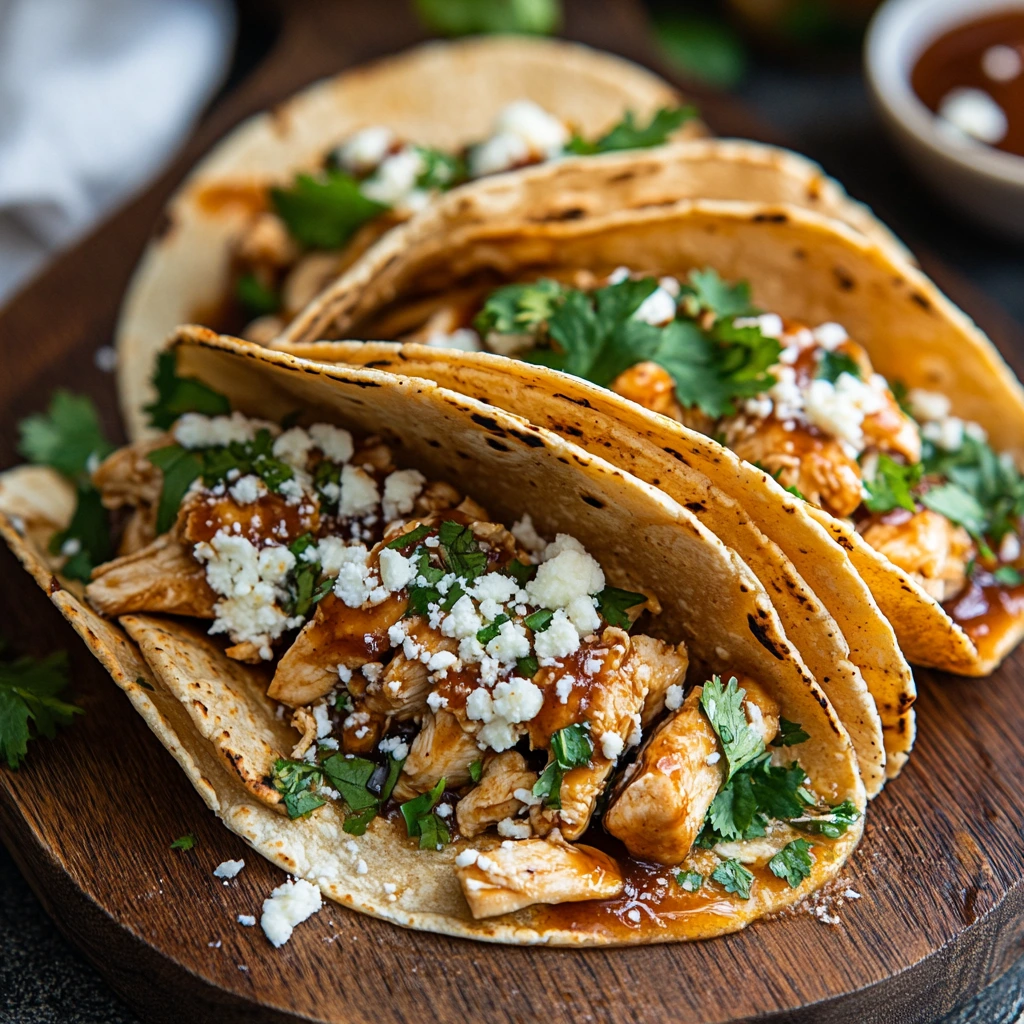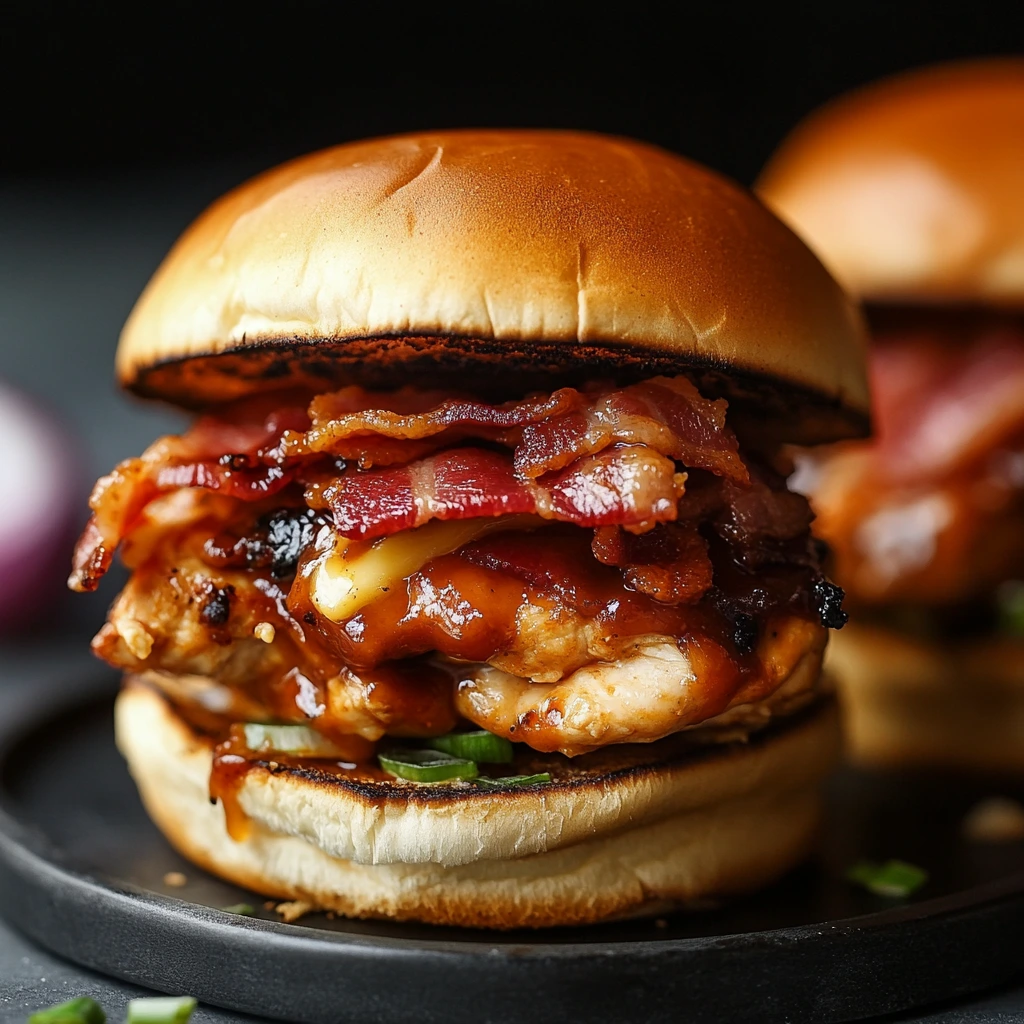Beef Wellington is the epitome of elegance and indulgence — a tender beef fillet coated with savory mushroom duxelles, wrapped in prosciutto and golden puff pastry, and baked to perfection. This dish is a true showstopper, combining rich flavors, delicate textures, and stunning presentation. Whether served for Christmas, New Year’s Eve, or a romantic dinner, Beef Wellington never fails to impress.
This recipe celebrates the harmony of fine ingredients and precise technique. The buttery pastry encases the juicy beef, while the mushroom mixture adds depth and umami. The result is a dish that’s both luxurious and comforting, a masterpiece of classic cuisine that’s surprisingly achievable at home.
The Essence of Beef Wellington
The essence of Beef Wellington lies in its layers — each one contributing to the dish’s complexity and balance. The beef tenderloin provides a melt-in-your-mouth texture, the mushroom duxelles adds earthy richness, the prosciutto brings saltiness, and the puff pastry delivers a crisp, buttery finish. When baked, these layers fuse into a symphony of flavors and textures that define culinary perfection.
It’s a dish that embodies refinement and celebration — a centerpiece worthy of any special occasion.
Why This Recipe Works
This recipe works because it focuses on balance and precision. The beef is seared to lock in juices, the duxelles is cooked until dry to prevent sogginess, and the pastry is chilled before baking to ensure crispness. Each step enhances the final result, creating a dish that’s flavorful, tender, and beautifully golden.
The combination of savory, buttery, and earthy elements makes Beef Wellington a timeless classic that appeals to every palate.
Ingredients and Their Roles
Beef tenderloin (center-cut): The star of the dish, prized for its tenderness.
Mushrooms: Form the duxelles, adding earthy, umami flavor.
Shallots and garlic: Add aromatic depth to the mushroom mixture.
Prosciutto: Wraps the beef, adding saltiness and preventing moisture from seeping into the pastry.
Puff pastry: Encases the beef, creating a crisp, golden crust.
Dijon mustard: Adds tang and enhances the beef’s flavor.
Egg yolk: Used for brushing the pastry to achieve a glossy finish.
Butter and olive oil: Used for searing and sautéing.
Thyme: Adds herbal aroma and freshness.
Step-by-Step Recipe
Ingredients
- 1 center-cut beef tenderloin (about 2 lbs)
- 1 lb mushrooms (cremini or button), finely chopped
- 2 shallots, minced
- 2 garlic cloves, minced
- 8–10 slices prosciutto
- 2 tablespoons Dijon mustard
- 2 tablespoons butter
- 1 tablespoon olive oil
- 1 teaspoon fresh thyme leaves
- 1 sheet puff pastry, thawed if frozen
- 1 egg yolk, beaten with 1 tablespoon water (for egg wash)
- Salt and freshly ground black pepper
Preparation
- Prepare the beef. Season the beef tenderloin generously with salt and pepper. Heat olive oil in a skillet over high heat. Sear the beef on all sides until browned, about 2–3 minutes per side. Remove from heat, brush with Dijon mustard, and let cool completely.
- Make the duxelles. In the same skillet, melt butter and add shallots, garlic, and mushrooms. Cook over medium heat until the mixture is dry and all moisture has evaporated, about 10–15 minutes. Stir in thyme, season with salt and pepper, and let cool.
- Assemble the layers. Lay a large piece of plastic wrap on a flat surface. Arrange the prosciutto slices slightly overlapping to form a rectangle. Spread the mushroom duxelles evenly over the prosciutto. Place the cooled beef on top.
- Wrap the beef. Using the plastic wrap, roll the prosciutto and mushroom layer tightly around the beef, twisting the ends to seal. Chill in the refrigerator for 30 minutes to firm up.
- Wrap in puff pastry. Roll out the puff pastry on a lightly floured surface. Remove the beef from the plastic wrap and place it in the center of the pastry. Fold the pastry over the beef, sealing the edges with egg wash. Trim any excess pastry and brush the entire surface with egg wash.
- Chill again. Place the wrapped beef seam-side down on a baking sheet lined with parchment paper. Chill for another 15–20 minutes to firm the pastry.
- Bake. Preheat the oven to 400°F (200°C). Brush the pastry with another layer of egg wash and, if desired, score a decorative pattern on top. Bake for 35–40 minutes, until the pastry is golden brown and the internal temperature of the beef reaches 125°F (52°C) for medium-rare.
- Rest and serve. Let the Beef Wellington rest for 10–15 minutes before slicing. Serve with red wine sauce or gravy.
Tips for Perfect Beef Wellington
- Use a center-cut tenderloin for even cooking.
- Sear the beef quickly to develop flavor without overcooking.
- Cook the mushroom mixture until completely dry to prevent sogginess.
- Chill between each step to maintain structure.
- Use a meat thermometer for precise doneness.
- Let the Wellington rest before slicing to retain juices.
Variations and Flavor Combinations
1. Classic Beef Wellington
Traditional version with mushrooms, prosciutto, and puff pastry.
2. Truffle Beef Wellington
Add truffle oil or chopped truffles to the duxelles for luxury.
3. Blue Cheese Wellington
Add a layer of blue cheese for a bold, tangy flavor.
4. Spinach and Mushroom Wellington
Add sautéed spinach to the duxelles for extra color and flavor.
5. Mini Beef Wellingtons
Make individual portions for elegant appetizers.
6. Vegetarian Wellington
Replace beef with roasted vegetables or a whole portobello mushroom.
Serving Suggestions
Beef Wellington pairs beautifully with:
- Roasted potatoes or mashed potatoes.
- Green beans or asparagus.
- Red wine reduction or mushroom sauce.
- A glass of Cabernet Sauvignon or Pinot Noir.
It’s perfect for:
- Christmas or New Year’s dinners.
- Romantic dinners.
- Special celebrations.
- Elegant dinner parties.
Make-Ahead and Storage
Make-ahead: Assemble the Wellington up to one day in advance and refrigerate. Brush with egg wash just before baking.
Storage: Store leftovers in an airtight container in the refrigerator for up to 3 days.
Reheating: Reheat in the oven at 350°F (175°C) for 10–15 minutes until warm. Avoid microwaving to preserve the pastry’s crispness.
Freezing: Freeze unbaked Wellington for up to 2 months. Bake from frozen, adding 10–15 minutes to the cooking time.
Nutritional Information (per serving)**
- Calories: 620 kcal
- Protein: 42 g
- Fat: 38 g
- Carbohydrates: 25 g
- Fiber: 2 g
The History of Beef Wellington
Beef Wellington is believed to have originated in England during the 19th century, named after Arthur Wellesley, the Duke of Wellington, who defeated Napoleon at Waterloo. The dish was created to honor him, combining British beef with French culinary techniques. Over time, it became a symbol of fine dining and celebration, appearing on menus at grand banquets and holiday feasts.
Today, Beef Wellington remains a hallmark of classic cuisine, representing both tradition and sophistication.
Texture and Flavor Profile
The perfect Beef Wellington is a harmony of textures and flavors. The beef is tender and juicy, the mushroom duxelles is rich and earthy, the prosciutto adds saltiness, and the puff pastry provides a crisp, buttery shell. The combination of these elements creates a dish that’s both indulgent and balanced.
Each bite delivers a contrast of tender meat, savory filling, and flaky pastry — a true culinary masterpiece.
Common Mistakes and How to Avoid Them
Overcooking the beef: Use a thermometer to ensure perfect doneness.
Wet duxelles: Cook until all moisture evaporates.
Soggy pastry: Chill between steps and bake on a preheated tray.
Tearing the pastry: Handle gently and seal edges well.
Skipping the rest period: Causes juices to leak when slicing.
Chef’s Tips
- Use high-quality puff pastry for the best texture.
- Add a thin layer of crepe or phyllo between the prosciutto and pastry to absorb moisture.
- Brush the pastry with egg wash twice for a deep golden color.
- Score the pastry lightly for a decorative finish.
- Serve with a rich red wine sauce for extra elegance.
Pairing Ideas
With Drinks:
- Cabernet Sauvignon or Merlot for a bold pairing.
- Pinot Noir for a lighter, balanced option.
- Sparkling wine for a festive touch.
With Other Dishes:
- Pair with roasted root vegetables or gratin.
- Serve alongside a fresh green salad.
- Add to a holiday spread with soups and sides.
The Joy of Fine Cooking
Beef Wellington embodies the joy of fine cooking — the precision of technique, the layering of flavors, and the satisfaction of creating something truly special. The aroma of pastry and beef filling the kitchen, the golden crust emerging from the oven, and the first slice revealing the tender pink center all make this dish a celebration of craftsmanship and care.
It’s proof that cooking can be both art and pleasure.
The Science of Perfect Baking
The secret to perfect Beef Wellington lies in temperature control and moisture management. Searing the beef locks in juices, while cooking the duxelles until dry prevents sogginess. Chilling the layers ensures the pastry stays crisp, and baking at high heat creates a golden crust through the Maillard reaction.
The result is a dish that’s evenly cooked, flavorful, and beautifully textured.
Presentation and Finishing Touches
For an elegant presentation, slice the Beef Wellington into thick portions and arrange on a platter. Drizzle with red wine sauce or jus and garnish with fresh thyme or rosemary. For a festive touch, serve with roasted vegetables or a side of mashed potatoes.
For a rustic look, serve the whole Wellington on a wooden board for carving at the table.
Modern Variations
- Keto Version: Use almond flour pastry or omit the pastry entirely.
- Gluten-Free Version: Use gluten-free puff pastry.
- Dairy-Free Version: Use dairy-free butter in the duxelles.
- Low-Sodium Version: Reduce prosciutto or use unsalted butter.
- Gourmet Version: Add foie gras or truffle paste for luxury.
The Perfect Centerpiece
Beef Wellington is the perfect centerpiece for any celebration. It’s impressive yet approachable, rich yet balanced. Its golden crust and tender interior make it a highlight of any holiday table, ensuring it’s remembered long after the meal is over.
The Cultural Influence of Beef Wellington
Beef Wellington has transcended its British origins to become a global symbol of fine dining. Its combination of French technique and English tradition reflects the best of both culinary worlds. Today, it’s a favorite of chefs and home cooks alike, admired for its elegance and flavor.
The Role of Mushrooms and Prosciutto
The mushrooms add earthy depth, while the prosciutto provides saltiness and structure. Together, they create a barrier that keeps the pastry crisp and enhances the beef’s flavor. This balance of ingredients is what makes Beef Wellington so distinctive and satisfying.
The Perfect Bite
The perfect bite of Beef Wellington combines tender beef, savory mushrooms, salty prosciutto, and flaky pastry. It’s rich, balanced, and full of flavor — a bite that captures the essence of gourmet cooking.
Conclusion
Beef Wellington is a celebration of flavor, texture, and craftsmanship. With its tender beef, earthy mushrooms, and golden pastry, it’s a dish that feels both luxurious and comforting.
Easy to prepare with care and precision, it’s perfect for any special occasion. This recipe proves that with a few quality ingredients and thoughtful technique, you can create a centerpiece that’s both beautiful and unforgettable — a timeless classic of fine dining.







